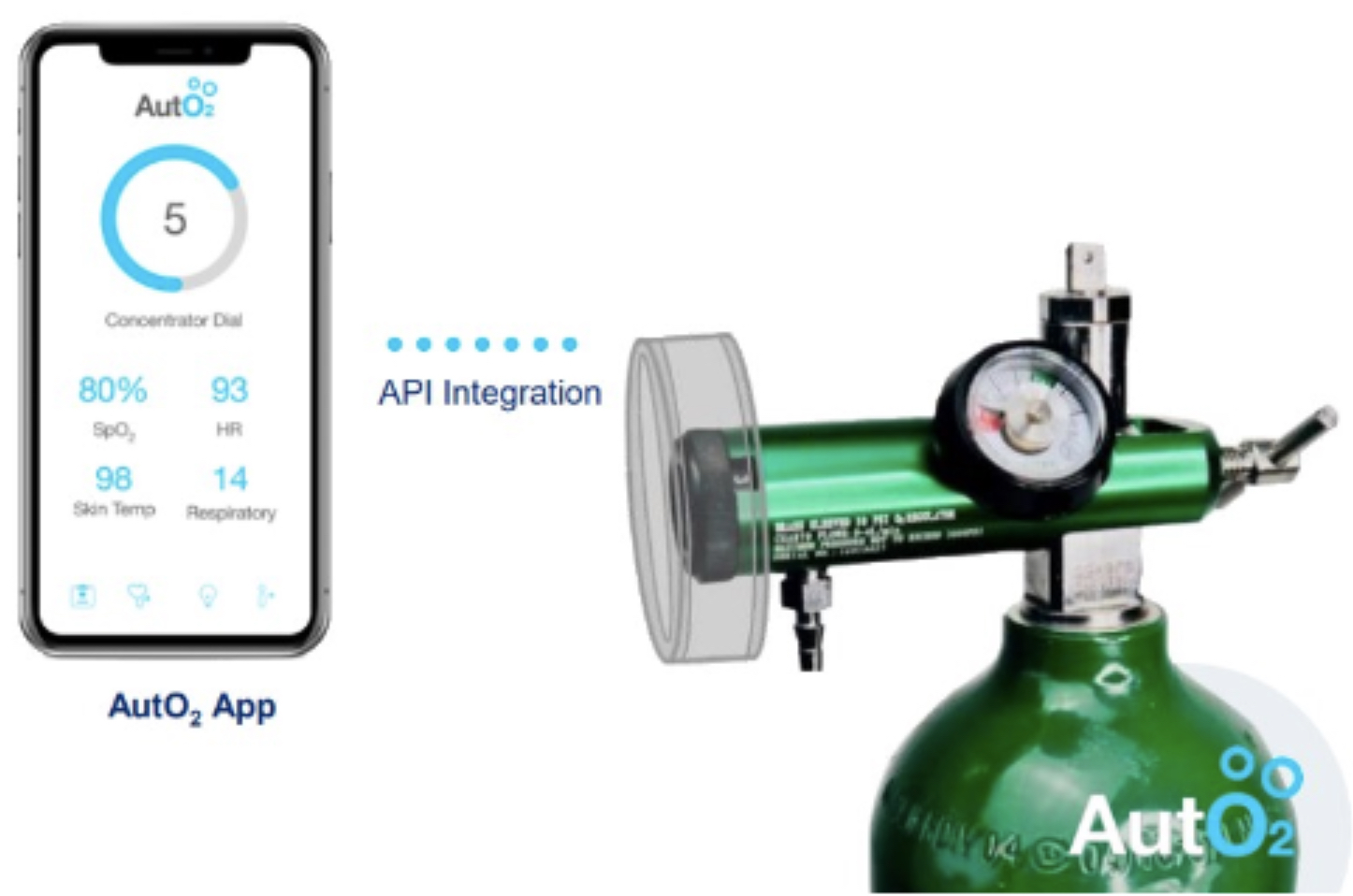Description:
Summary
Vanderbilt researcher, Lisa Lancaster, MD, has developed a novel device to monitor the flow as well as adjust actively the levels of oxygen that pass to a patient suffering from Idiopathic Pulmonary Fibrosis or other causes of hypoxic lung disease. Standing out of the pack, this device ensures that patients exerting themselves are given enough oxygen while actively reducing the dosage, to prevent further damage, when the same patient is resting.
Addressed Need
Individuals suffering from hypoxic lung diseases generally see a specialist for determining a proper dosage of oxygen. In the process, every patient is given a unique set dosage with a lower flow rate for rest and higher flow rate with exertion that requires constant manual adjustment by the patient. If oxygen flow rates are not increased with exertion to needed levels, risk of pulmonary hypertension with a potential subsequent right heart failure, lower endurance, risk of arrhythmia, risk of syncope and risk of ischemia exists. At the same time, if the opposite were to occur and the patient were overdosed, the possibility of new risks of pro inflammatory free radicals aggravating underlying lung disease could arise.
Technology Description
The device pairs both Bluetooth technology and rigid software to provide patients with a real-time update, monitoring their blood oxygen, pulse rate, and overall activity. Using the connected app and an adjustable valve, the concentration of O2 being administered can fluctuate. The app itself ensures accuracy of the oxygen saturation it reports by remeasuring the patient’s vitals on a fixed interval, as well as by using a strict O2 titration protocol. This protocol includes exception handling that indicates to a user if there are any abnormalities such as low levels of SpO2. This device’s integration of software highlights a cost-saving design, optimized for real-time monitoring.
Commercial Applications
This revolutionary device is ideally suited for use in several clinical settings both through hospitals and in-home oxygen care. The device can aid the 1.5 million oxygen utilizing patients in the US, hypoxic patients globally, and their providers to better serve the needs of patients with chronic hypoxia to prevent further deterioration of an already ailing organ, improve endurance and improve quality of life.
Intellectual Property Status
A patent application has been filed.

Figure 1: AutO2 integrating with Right Flow Smart Knob to drive oxygen flow rate levels in real time.